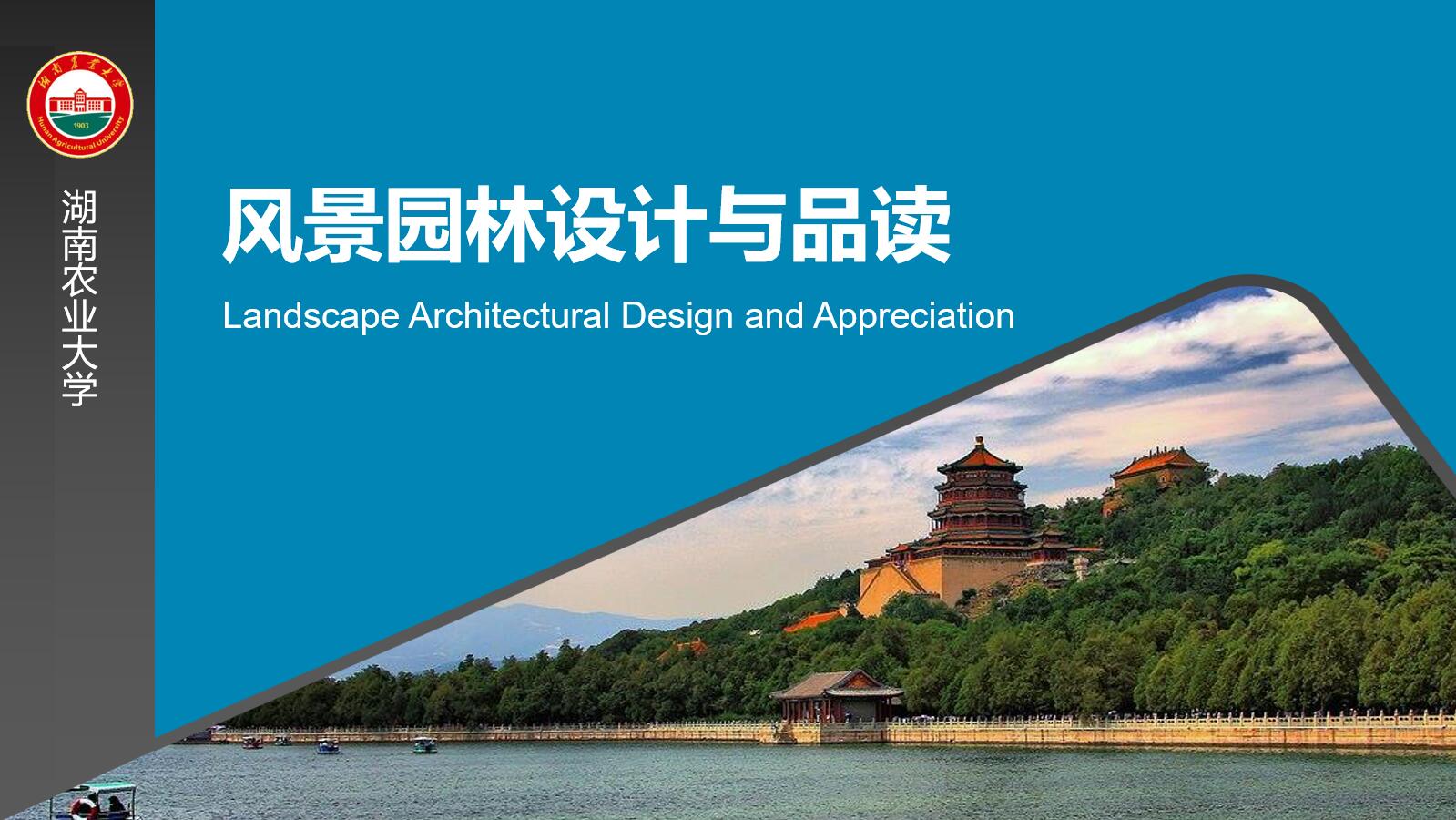
当前课程知识点:国际新闻比较与分析 > 第二章 Deciding What’s News(决定什么是新闻) > 2.3 Media Routines and Organizational Influences (新闻常规与组织影响) > 2.3 Media Routines and Organizational Influences
大家好 欢迎回到课堂
上次我们讨论了
记者对新闻的个人影响
在这节课
我们将走出个人层面
探索更多的结构性因素
媒体常规和组织影响
首先 让我们看看媒体常规的定义
根据Pamela Shoemaker 和Stephen Reese的说法
这两位提出新闻影响层级理论的学者
这两位提出新闻影响层级理论的学者
媒体常规是
模式化的 常规化的 重复的实践和规范
是媒体工作者在工作中使用的
所以 这些就是关键词
模式化的 常规化的
重复的 实践和规范
一旦形成
媒体常规将随着时间的推移保持稳定
成为一套规范程序
来指导新闻工作者工作
在制作新闻的过程中
常规的形成和采用
与效率问题密切相关
这对记者来说很重要
因为他们需要遵守媒体的某些常规
以便有效地完成工作
在有限的时间和资源范围内
因此 常规有助于提高效率
当然 这些也可能是限制
因为记者必须遵守特定的规则
任何超出规则的事情
他们不能做 或者不被鼓励去做
他们超越常规去制作新闻的个人自由
是微乎其微的
此外 新闻机构还把常规
作为管理工具
以方便控制新闻编辑室的工作
特别是在处理突发事件时
那么 新闻编辑室里有什么样的常规呢
第一 截稿文化
每个新闻编辑室都必须为记者设定最后期限
否则
将无法在规定时间出版或播报新闻
将无法在规定时间出版或播报新闻
最后期限使编辑部的不同角色
得以可能进行合作和协作
从而完成工作
它是具有促进性的
它是好的
但它也是一种约束
它意味着记者可能偏好
某些种类的新闻而忽略其他种类的新闻
他们可能认为有些新闻重要
而有些则不重要或不感兴趣
或者他们会选择将一部分事件作为新闻来报道
却很少或者从不报道
另一部分事件
值得注意的是 这类慢的新闻很容易被归入
不重要或没兴趣一类
这就是为什么现在有些人提倡慢新闻的原因
这就是为什么现在有些人提倡慢新闻的原因
例如
在2019年 纽约客的这篇文章中
一位编辑写道
当前的新闻发布体系已经崩溃
读者和记者需要共同努力
找到一个新的体系
他认为
我们的社会迫切需要慢速新闻
以实现核心使命
即 新闻创造知情公民
同样 在德国
一群博主发起了一场慢媒体运动
他们甚至有一个宣言
在这个慢媒体宣言中 他们写道
真理本身取决于节奏 耐心
以及在特定事物上坚持的恒心
必须谨慎地选择和准备新闻的原料成分
必须谨慎地选择和准备新闻的原料成分
在这些活动背后的事实是
新闻的传播速度越来越快
像普利策奖获奖记者Dean Starkman
所说的一种仓鼠轮
所以 你可以看到
截稿文化作为一种媒体常规
可能如何限制了新闻可以是什么 新闻可以做什么
除了截稿时间
其他熟悉的媒体常规包括
对信源的依赖
特别是机构化的信源
如官方信源 专家信源
企业信源和其他机构形式的信源
依赖其他媒体
例如新闻通讯社
特别是在国际报道中
媒体在报道外国新闻时
通常会引用新闻通讯社的报道
例如 中国的《环球时报》
经常采用美联社关于美国的报道
《印度时报》
经常采用路透社关于欧洲的新闻
这种对消息来源和其他媒体的依赖
使得记者可以报道新闻
无论他在世界的哪一个角落
尽管实际上
他们不可能去任何地方见证世界
但是 同时 想一想
它也使消息来源操纵新闻成为可能
使一些重要的有影响力的媒体
使一些重要的有影响力的媒体
有可能设置较小和较弱的媒体议程
进而设置世界的议程
与此相关的 还有另一种典型的媒体常规
条线系统的组织
条线 可以大致理解为
新闻工作者根据新闻来源进行的一种劳动分工
新闻工作者根据新闻来源进行的一种劳动分工
媒体组织通常使用两种方式
来组织他们的条线系统
一个是在可以收集可靠新闻的机构中建立条线
一个是在可以收集可靠新闻的机构中建立条线
例如
一些记者在警察条线
一些在法院条线
一些在议会条线 等等
第二种是设立分社
在那些可以经常产生新闻的地方
比如 一家总部设在纽约的媒体机构
可能在华盛顿特区
伦敦 北京 德里
和世界其他主要城市设立分局
与对消息来源的依赖一样
条线系统的组织
对新闻也有两方面的影响
它既是一种授权也是一种约束
它提高了记者的工作效率
但这也导致了新闻严重偏向
有权势的机构 有权势的地点
或有权势的人
除了媒体的常规
还有其他组织性因素
影响和制约新闻
如媒体组织的目标和政策
例如
今天许多媒体机构的主要目的
是盈利
这导致了媒体内容的变化
向商品化 小报化
和煽情化发展
这个 我留给你们课后去探索
这节课就到这里
再见 期待下次再会
-导论 Test
-1.1 Definition of News (新闻的定义)
--1.1 Test
-1.2 General News Values: Timeliness, Impact, Prominence, Proximity (新闻的及时性、影响力、显著性与接近性)
--1.2 General News Values: Timeliness, Impact, Prominence, Proximity
--1.2 General News Values: Timeliness, Impact, Prominence, Proximity
--1.2 Test
-1.3 General News Values: Conflict, Deviance, Currency, Necessity (新闻的冲突性、异常性、话题性与实用性性)
--1.3 General News Values: Conflict, Deviance, Currency, Necessity
--1.3 General News Values: Conflict, Deviance, Currency, Necessity
--1.3 Test
-1.4 Structure and Value of International News (国际新闻的结构与价值)
--1.4 Structure and Value of International News
--1.4 Structure and Value of International News
--1.4 Test
-2.1 Hierarchy of Influences on News (新闻的影响层级)
--2.1 Hierarchy of Influences on News
--2.1 Hierarchy of Influences on News
--2.1 Test
-2.2 Gatekeeping and Personal Influences (新闻把关人与记者个人影响)
--2.2 Gatekeeping and Personal Influences
--2.2 Gatekeeping and Personal Influences
--2.2 Test
-2.3 Media Routines and Organizational Influences (新闻常规与组织影响)
--2.3 Media Routines and Organizational Influences
--2.3 Media Routines and Organizational Influences
--2.3 Test
-2.4 Extra-Media Forces and Ideology (意识形态与组织外影响)
--2.4 Extra-Media Forces and Ideology
--2.4 Extra-Media Forces and Ideology
--2.4 Test
-3.1 Authoritarian and Libertarian Theories of the Press (媒体的威权主义与自由主义理论)
--3.1 Authoritarian and Libertarian Theories of the Press
--3.1 Authoritarian and Libertarian Theories of the Press
--3.1 Test
-3.2 Social Responsibility and Communist Theories of the Press(社会责任与共产主义理论)
--3.2 Social Responsibility and Communist Theories of the Press
--3.2 Social Responsibility and Communist Theories of the Press
--3.2 Test
-3.3 Comparing Media Systems in the West: Three Models (比较媒介体系的三种模式)
--3.3 Comparing Media Systems in the West: Three Models
--3.3 Comparing Media Systems in the West: Three Models
--3.3 Test
-3.4 Comparing Media Systems in the West: Four Dimensions(比较媒介体系的四个维度)
--3.4 Comparing Media Systems in the West: Four Dimensions
--3.4 Comparing Media Systems in the West: Four Dimensions
--3.4 Test
-4.1 State-Owned Media (国有媒体所有制)
--4.1 Test
-4.2. Public-Owned Media (公共媒体所有制)
--4.2 Test
-4.3. Private-Owned Media (私人媒体所有制)
--4.3 Test
-4.4. Concentration of Media Ownership (媒体所有权集中化)
--4.4 Concentration of Media Ownership
--4.4 Concentration of Media Ownership
--4.4 Test
-5.1 Evolution of Foreign Correspondence(驻外报道的历史与起源)
--5.1 Evolution of Foreign Correspondence
--5.1 Evolution of Foreign Correspondence
--5.1 Test
-5.2 The Role of Global News Agencies (全球通讯社与驻外报道)
--5.2 The Role of Global News Agencies
--5.2 The Role of Global News Agencies
--5.2 Test
-5.3 Foreign Correspondence Beyond News Agencies (通讯社之外的驻外报道)
--5.3 Foreign Correspondence Beyond News Agencies
--5.3 Foreign Correspondence Beyond News Agencies
--5.3 Test
-5.4 Foreign Correspondence in the New Millennium(新世纪的驻外报道)
--5.4 Foreign Correspondence in the New Millennium
--5.4 Foreign Correspondence in the New Millennium
--5.4 Test
-6.1 Foreign Correspondents in China(外媒驻华报道)
--6.1 Foreign Correspondents in China
--6.1 Foreign Correspondents in China
--6.1 Test
-6.2 International Journalism in Chinese Media (中国媒体国际报道)
--6.2 International Journalism in Chinese Media
--6.2 International Journalism in Chinese Media
--6.2 Test
-6.3 Chinese Correspondents in Foreign Bureaus (中国媒体驻外记者)
--6.3 Chinese Correspondents in Foreign Bureaus
--6.3 Chinese Correspondents in Foreign Bureaus
--6.3 Test
-7.1 Definition of Geography of News (新闻地理的定义)
--7.1 Definition of Geography of News
--7.1 Definition of Geography of News
--7.1 Test
-7.2 Geography of Foreign News on Global TV(全球电视国际报道的新闻地理)
--7.2 Geography of Foreign News on Global TV
--7.2 Geography of Foreign News on Global TV
--7.2 Test
-7.3 Who Is Interested in China (外国公众对中国新闻的兴趣)
--7.3 Who Is Interested in China
--7.3 Who Is Interested in China
--7.3 Test
-8.1 Determinants of Global News Flow(全球新闻流的决定因素)
--8.1 Determinants of Global News Flow
--8.1 Determinants of Global News Flow
--8.1 Test
-8.2 World System Theory and Global News Flow(世界系统理论与国际新闻流)
--8.2 World System Theory and Global News Flow
--8.2 World System Theory and Global News Flow
--8.2 Test
-8.3 Towards a New World Information and Communication Order(通往新信息传播秩序之路)
--8.3 Towards a New World Information and Communication Order
--8.3 Towards a New World Information and Communication Order
--8.3 Test

